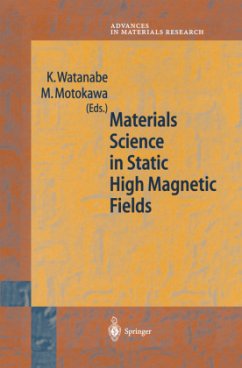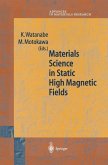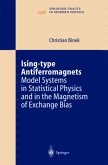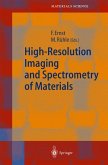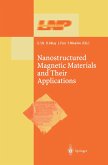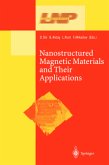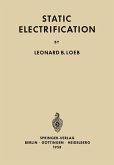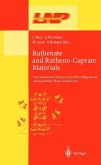There is no strict definition of the term "High Magnetic Field". It has been proposed to use this term for magnetic fields that are technically difficult to generate and therefore need special equipment or large resources. Static fields above 20 T are apparently high magnetic fields in this sense, but in the case of pulsed field 40 T is easy to obtain and any field lower than this approximate limit should not be considered as "high". When a static field is used for materials processing, even 10 T is considered as "high" because the long-term use of a conventional superconducting magnet is difficult. Recently, there has been much technical progress in producing high mag netic fields, both pulsed and static; in large part this is due to the devel opment of new materials. Complicated poly-helix coils are now replaced by simple Bitter coils made with plates of CuAg alloy with high strength and high conductivity; these are used in both water-cooled and hybrid magnets (now up to 45 TatNHMFL, the US National High Magnetic Field Labora tory at Tallahassee, Florida). By using CuAg wire, a nondestructive pulsed field record of 80 T has been achieved at Osaka University. For daily use in experiments, 70-75 T should soon become available. Major facilities for static high fields worldwide are planning to generate fields over 40 T by increasing the electric power. On the other hand, the use of static high magnetic fields is expanding.
This book gives a broad survey of some of the most exciting recent applications of high magnetic fields, with the emphasis on materials science...Researchers and students alike will find this book an excellent introduction to, and overview of, current applications of static high magnetic fields.
--Materials World
--Materials World
"This book gives a broad survey of some of the most exciting recent applications of high magnetic fields, with the emphasis on materials science...Researchers and students alike will find this book an excellent introduction to, and overview of, current applications of static high magnetic fields." -- Materials World

